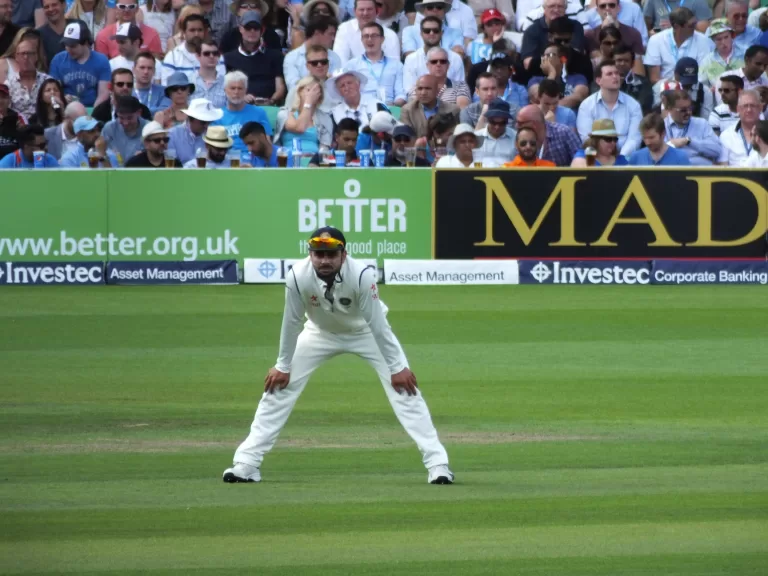Opposition tailenders continue to be a thorn in India’s side, and the team’s performance against New Zealand was testament to that…
A few months ago, Ravi Shastri stated that the current Indian team is the best he’s ever seen. If that’s truly the case, then why are they still being haunted by the same problems that have hampered their success for years? Whether it’s resisting the new ball in swinging conditions or struggling to dismiss the opposition’s tailenders, India’s overseas troubles have continued – and for such a highly-ranked Test side, that’s quite disappointing.
Sure, India’s bowling attack has progressed leaps and bounds – but their inability to address other weaknesses is holding them back. It’s absolutely justified for the captain and coach to commend their bowlers for positive performances, but it’s equally important to highlight their vulnerabilities and work on them accordingly. Time and time again, the Indian pace attack is praised for its efficacy without any mention of its struggles against the opposition’s lower order.
New Zealand are bowled out for 235!
Kyle Jamieson is the last man dismissed for a brilliant 49, which has helped contain India's lead to just seven runs.#NZvIND pic.twitter.com/3oGHaAWZNQ
— ICC (@ICC) March 1, 2020
First, it was Keshav Maharaj and Vernon Philander in South Africa; then it was Sam Curran in England; then it was Pat Cummins in Australia; and now, it’s Kyle Jamieson. Quite ironically, it’s not that these players have harmed India’s chances through their bowling, but their batting has denied India at crucial moments over the last two years. There’s no doubt that these tailenders deserve credit for their performances, but the regularity with which they’ve scored against Shastri’s men raises questions about India’s bowling attack. A lack of energy towards the end of the innings may be to blame, with bowlers putting so much effort into dismissing the opposition’s top order. If that’s the case, the Indian side must work to improve its fitness and maintain a certain level of intensity throughout the match.
Another reason behind India’s concession of runs against tailenders is Virat Kohli’s captaincy. Far too often have we seen Kohli resort to defensive tactics after a lower-order batsman scores an early boundary. It’s inexplicable, for example, that there were fielders at deep midwicket and deep square leg for Jamieson – a move that further enhanced the batsman’s confidence. The field should’ve been more aggressive as relentless pressure could’ve forced a mistake out of the tailender. Instead, Kohli opted to spread the field and wait for a wicket, willingly conceding sixes and fours in the meantime. New Zealand’s lead of 183 could’ve been reduced to 100 or 120 with more appropriate field placements and a refined bowling plan.
Kane Williamson and Ross Taylor combined to ensure New Zealand held a first-innings lead in the first Test against India in Wellington #NZvIND https://t.co/ukkmzVFChM
— Cricingif (@_cricingif) February 22, 2020
Kane Williamson, on the other hand, pushed India’s batsmen and capitalised on any errors in judgement. This was made evident by the plan to bowl shorter balls and the attacking field set by the Kiwi captain. Whether it be batting, bowling, or fielding, the areas of concern boil down to a lack of preparation. In tours against South Africa, England, and now New Zealand, India’s management has failed to schedule an adequate number of warm-up games. The South Asian giants might come back strong in the second Test, but such failures can only be deemed missed opportunities in an away series.
The sooner India realize that work is needed on their failings, the quicker their growth will be. Team selection has been a huge issue as well, and this could be attributed to the coach and captain’s impulsiveness. Whatever the source of India’s woes may be, the person in charge of selecting the XI must be questioned – and if he requires help going forward, it should be provided. India might be the number one side in the rankings, but if you take away their home games, there’s quite a gap between them and the ruthless Australian team of the early 2000’s. India can learn plenty from that side, and much of it has to do with Virat emulating Ricky Ponting’s captaincy.
